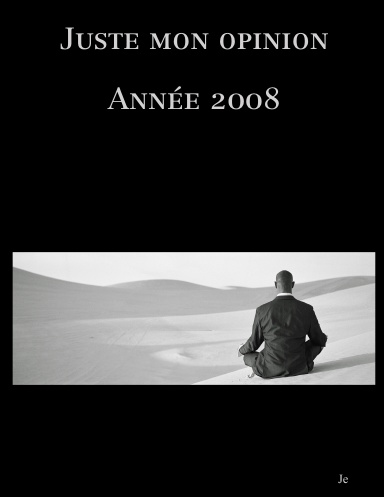History
The struggle for Korean independence from Japan, is referred to as the 3.1 Movement; anarchists played a significant role in this movement. There were 1,500 demonstrations held. 7,500 people were killed and 16,000 wounded and around 700 homes and 47 churches were destroyed. There were three stages in Korea anarchism. Prominent Korean anarchists include Kim Chwa-chin, Ha Ki-Rak, Park Yeol, and Sin Chaeho. Among them, Kim Chwa-chin is known for his organization of the autonomous Shinmin region.Anarchist Shinmin
Anarchist Shinmin (1929-1932) also known as the Korean People’s Association in Manchuria and the Shinmin Korean People's Association was an autonomous anarchist zone in Manchuria near the Korean borderlands,[1] populated by two million Korean migrants.[2]
Shinmin formed as a result of close collaboration between the Korean Anarchist Federation in Manchuria and the Korean Anarcho-Communist Federation, a project aiming to create an independent self-governing cooperative system against Japanese imperialism.[3]
After the assassination of Kim Chwa-chin, the anarchist movement in Manchukuo and Korea became subject to massive repression.[4] Japan sent armies to attack Shinmin from the south, while their former allies, the Chinese Soviet Republic, attacked from the north. By the summer of 1932, Shinmin's most prominent anarchists were dead, and the war on two fronts was becoming untenable. Many anarchists soon went underground, and Shinmin ceased to exist as a distinct political entity.













1 commentaire:
Le soulèvement du 1er mars 1919 (3·1 운동, Samil Undong) est une manifestation populaire coréenne dirigée contre l'occupation japonaise, après la mort de l'ancien roi Kojong soupçonné d'avoir été empoisonné par les Japonais.
Mouvement d'indépendance
Deux jours avant l'enterrement de Kojong, une déclaration d'indépendance a été lue dans le parc de la Pagode, à Séoul. Les écoles et les universités furent fermées. Une jeune femme de quinze ans, Yu Gwan-sun, prit la tête des manifestations. Arrêtée et torturée, elle mourut en prison en 1920, devenant un symbole de la résistance coréenne.
La répression aurait causé 7 000 morts et 40 000 arrestations.
D'autres futures personnalités coréennes, comme le cinéaste Na Un-gyu, participèrent également au soulèvement du 1er mars 1919. La biographie du président nord-coréen Kim Il-sung souligne que le soulèvement du 1er mars 1919 l'a pour la première fois sensibilisé à la cause de l'indépendance de la Corée.
Enregistrer un commentaire